
One of the most painful things that the coronavirus pandemic has brought about, apart from the deaths and illnesses caused, which have ended up dismantling any health apparatus, is isolation.
Isolation that has forced us to stay in our homes, to limit our trips, to not be able to travel abroad, etc.
For those of us who live not far from rural environments and have the possibility of visiting a farm or farm with crops and animals, this anonymous situation and restrictions, gives us the opportunity to make another type of tourism more in contact with pure nature, that daily nature that people living in rural communities enjoy every day. From sunrise to the moment when the sun slowly disappears in the horizon at sunset.
Last summer I had the opportunity to visit one of these rural establishments for a few days and I returned to the city as they say "with my batteries recharged", after having breathed pure air and oxygen for several days, far away from the city traffic in a totally relaxing and calm atmosphere.
Below I show you some pictures of this beautiful experience.
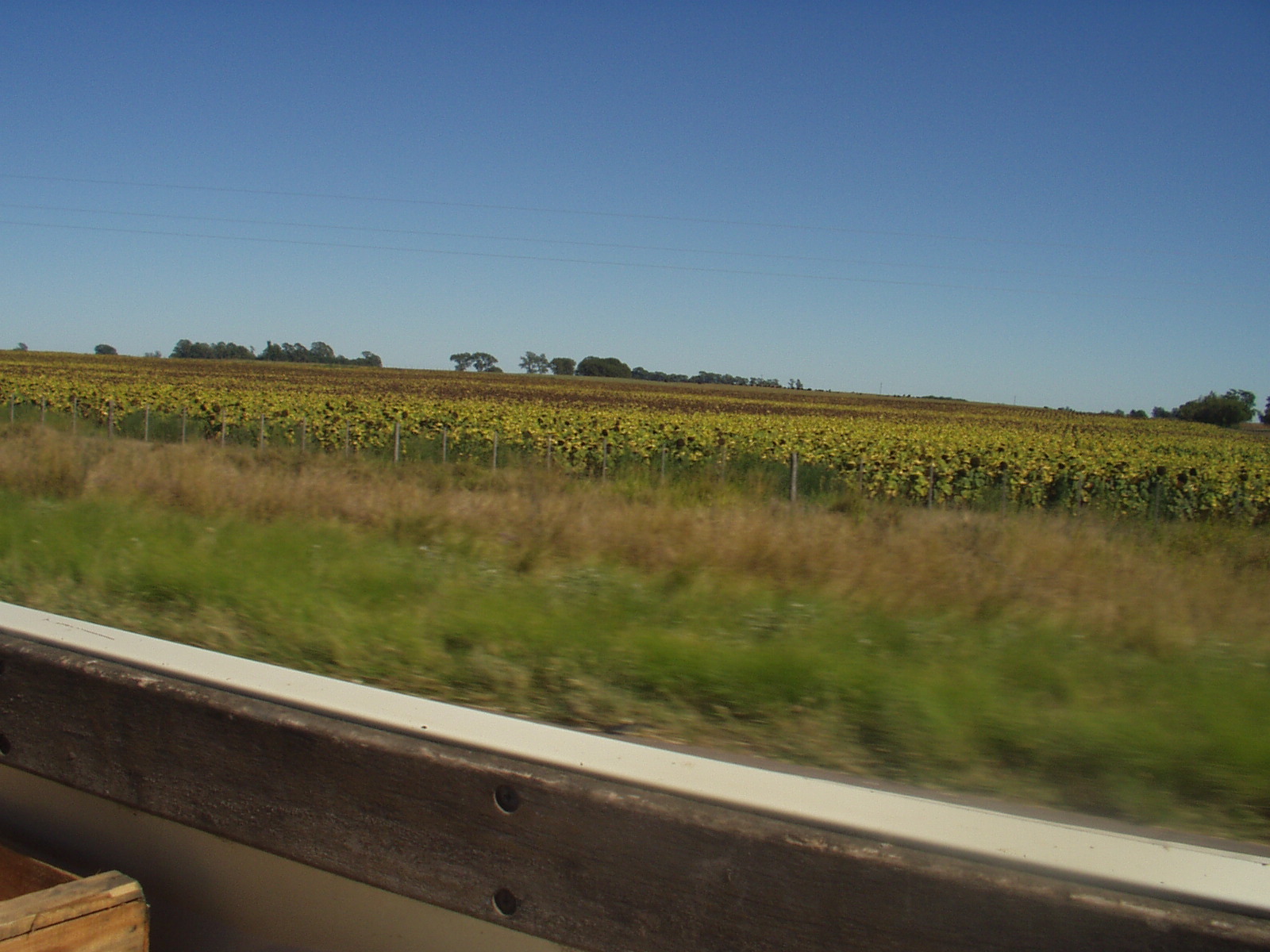
Crops are aligned along the road or street and are generally represented by cereals (wheat, corn, rye, barley) or oilseeds (soybeans, sunflower). Intensive soybean cultivation has been important in the last two decades.
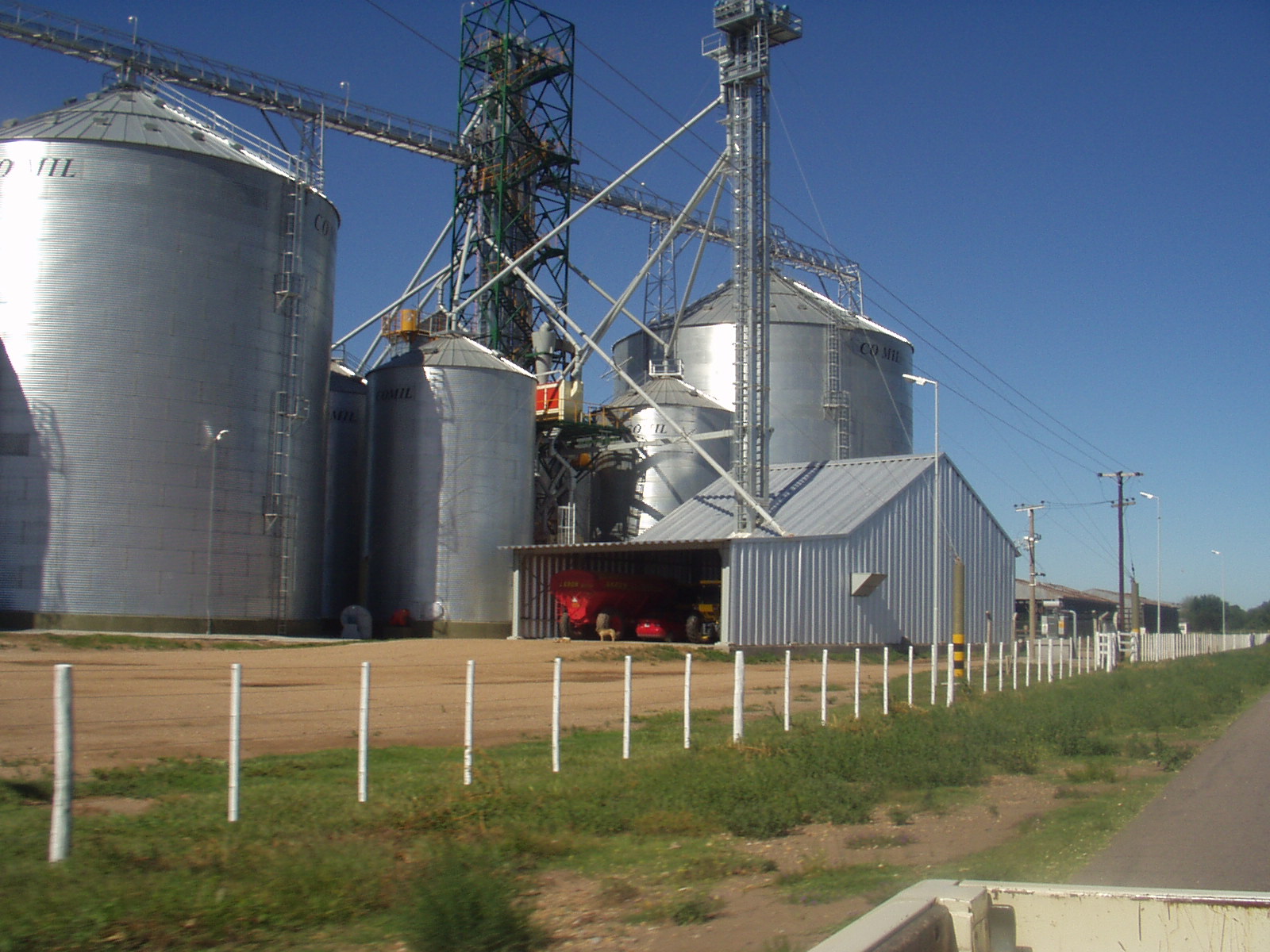
Aerial silos are the most practical and safest way to store harvested grain. In this way, producers are assured of being able to sell the product under more favorable market conditions.
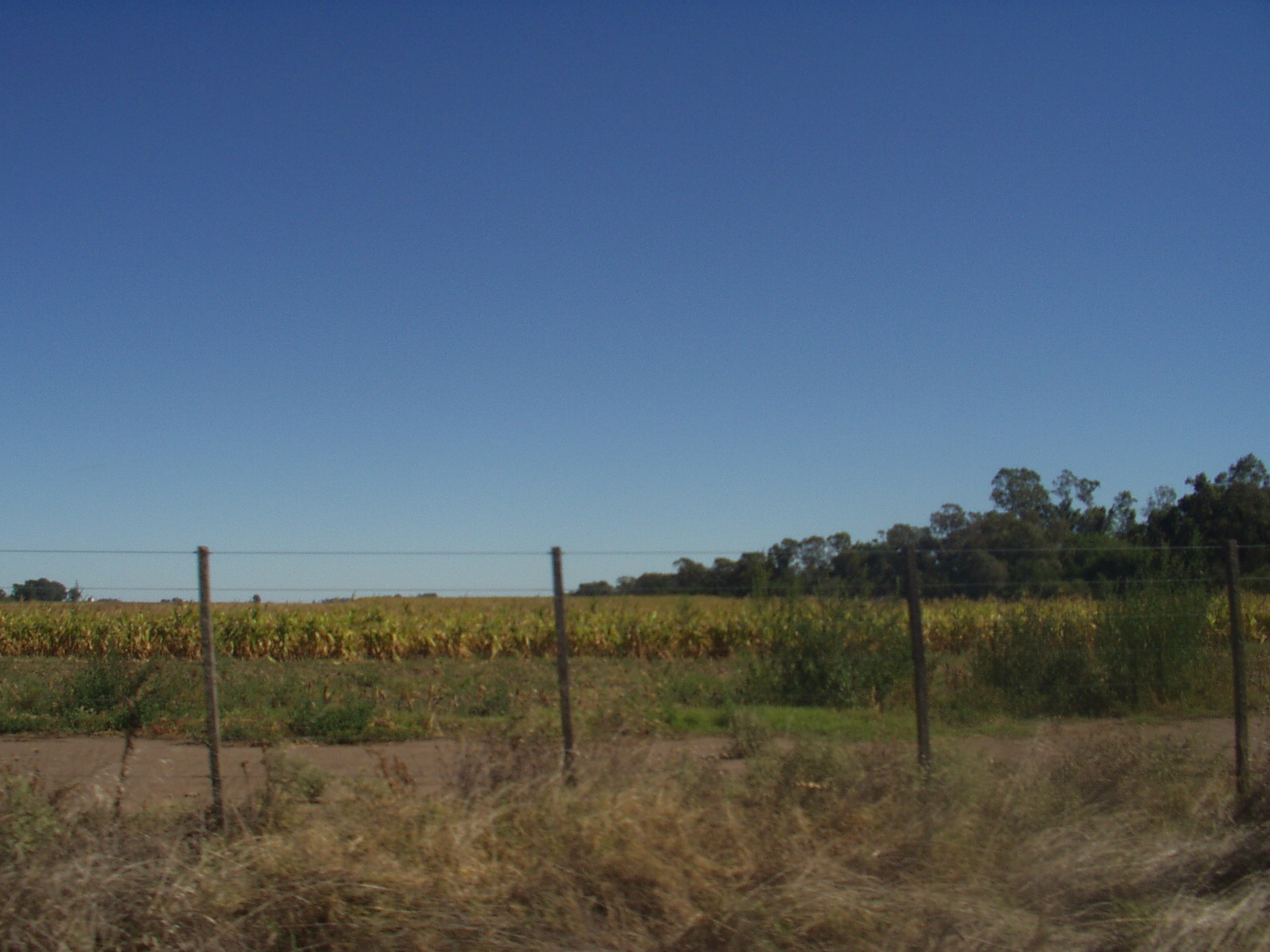
Each piece of land or field is no larger than 15-20 hectares (each hectare is equal to 10,000 square meters) and is divided by wire fences, generally of 8 to 10 wires, one of which is made of barbed wire.
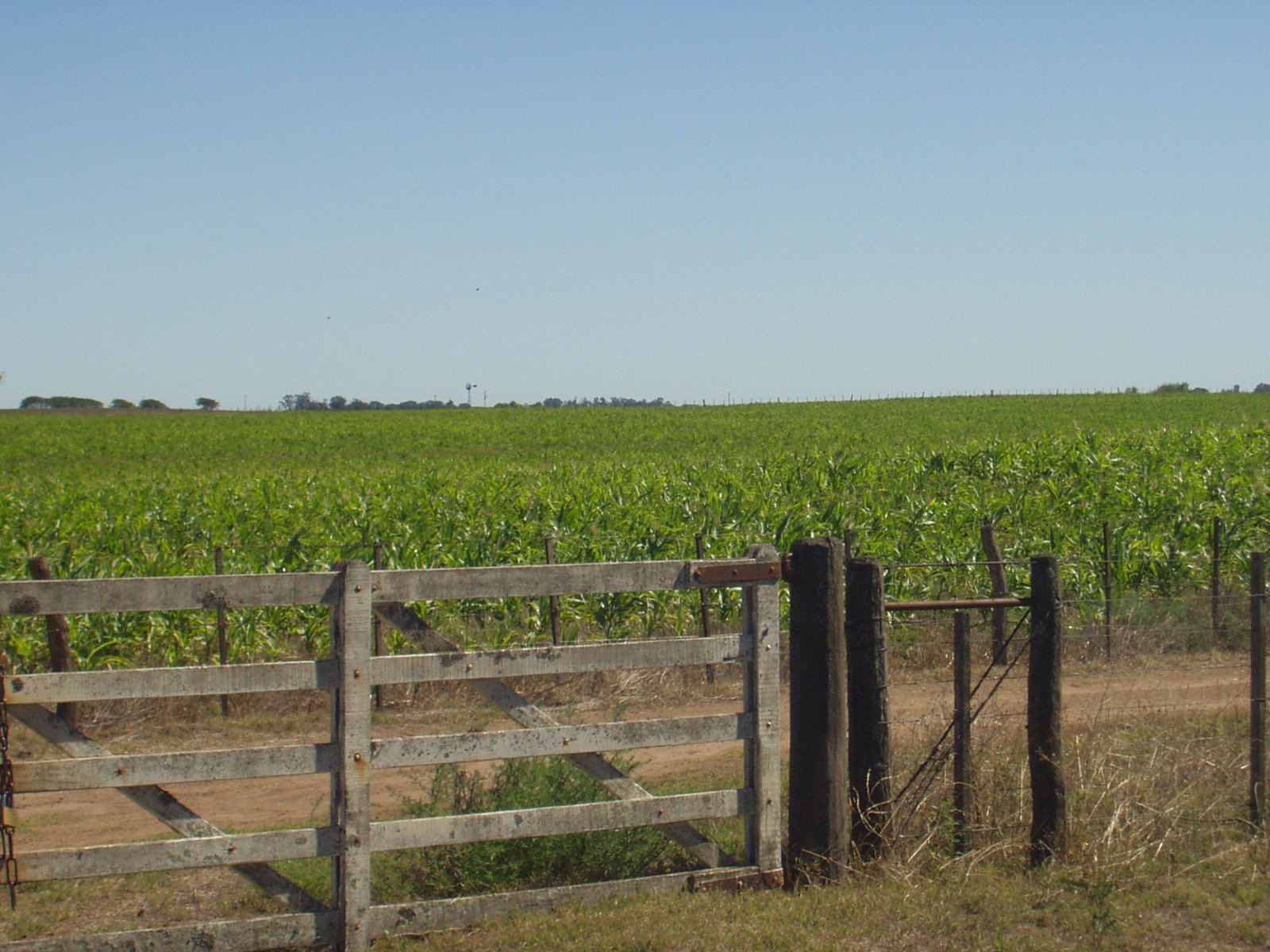
In order to access each field, commonly called "potreros" in the Argentine rural gerga due to its "reduced" dimension -although this word used in the big city inhabitant may seem ironic or humorous- the so-called "tranqueras" are used, thick wooden openings that are opened and closed manually to free the way for vehicles, animals and farming tools.
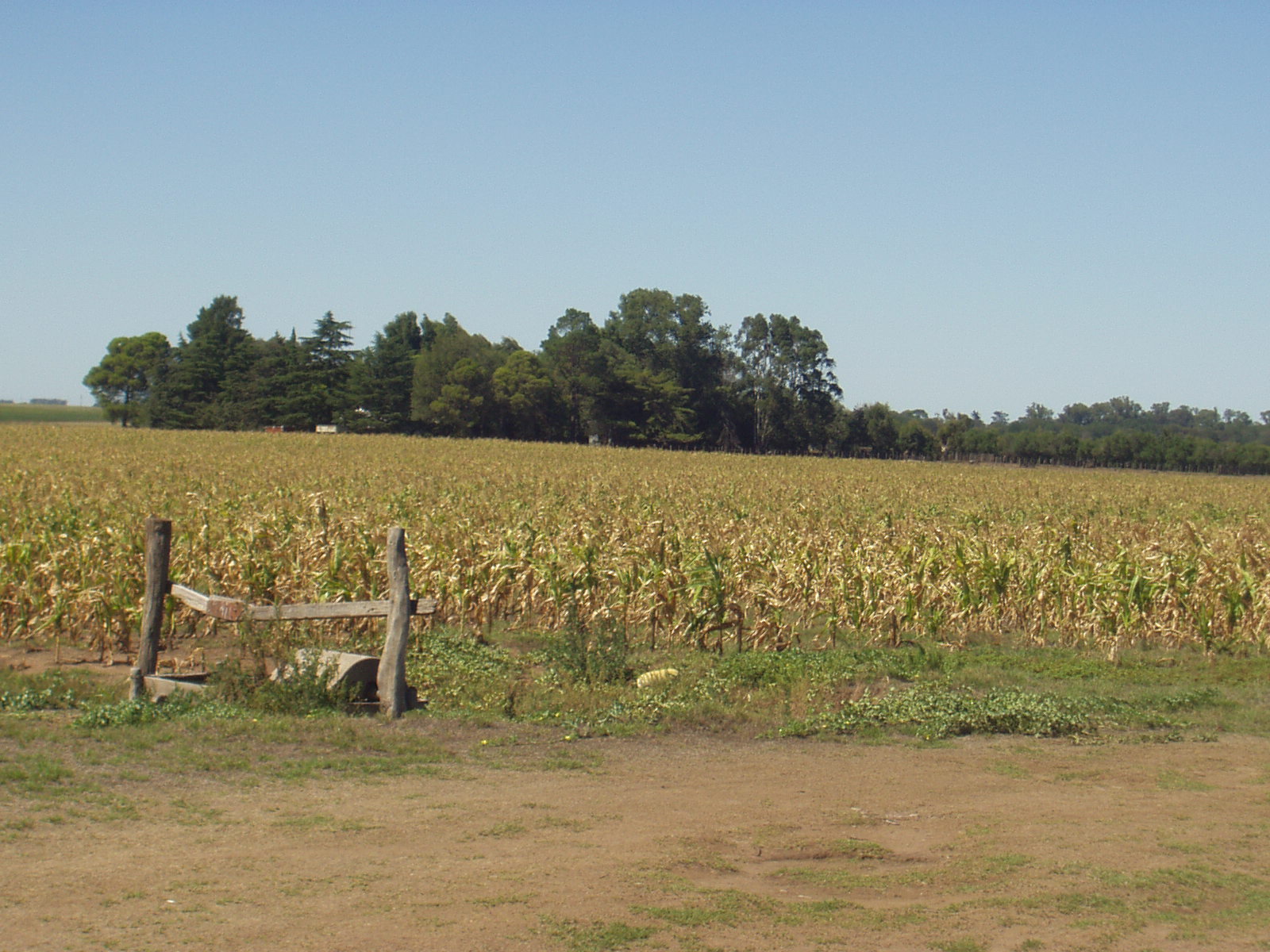
In some fields that border each other and where there is no presence of free-ranging animals, it is possible to avoid the fact that they represent -if they have to be built- a rather high cost for the farm.
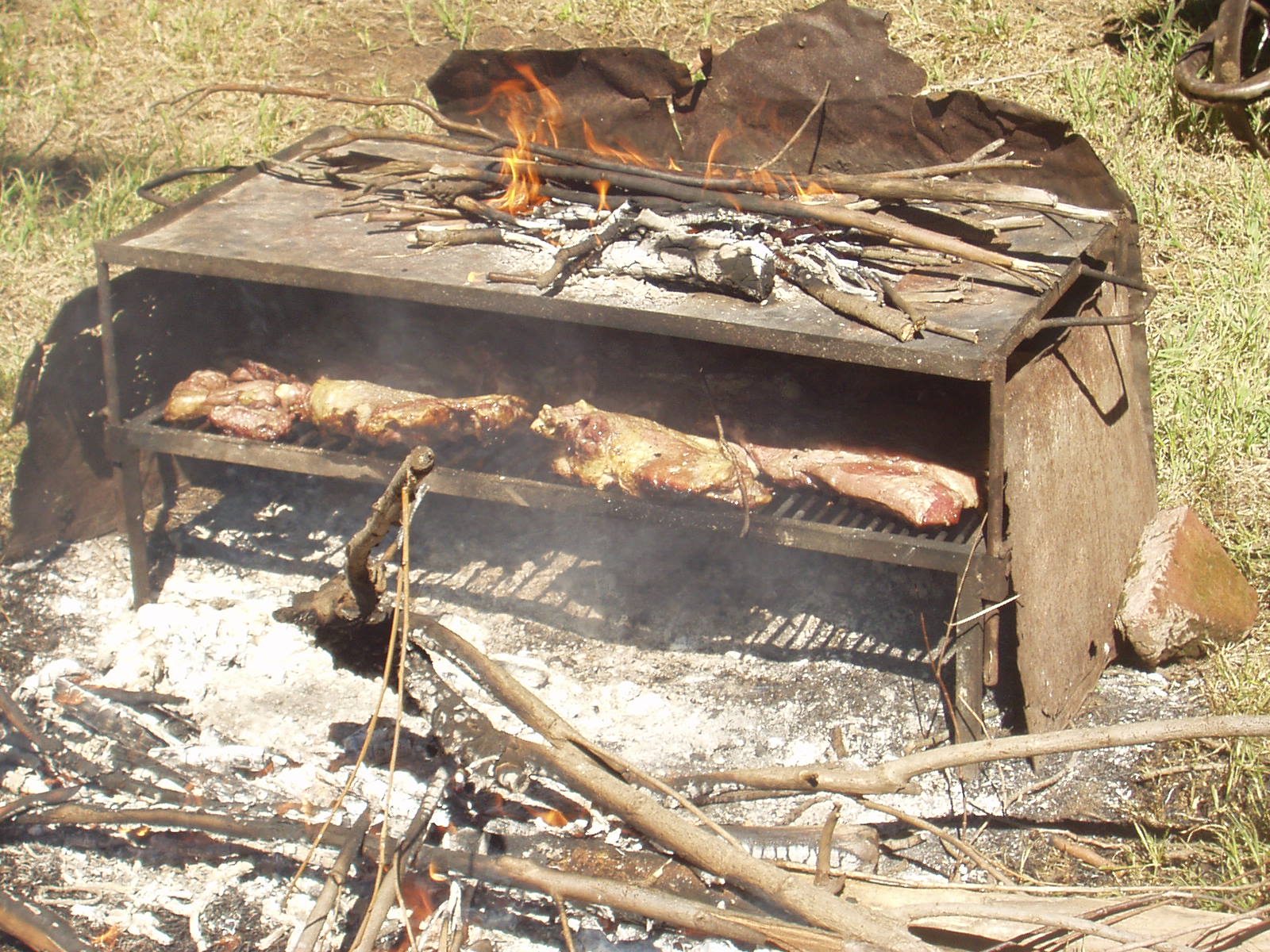
After a good walk in the middle of the countryside you can improvise a good Argentinean barbecue anywhere in the countryside and using any of the many elements that are always at hand, in this case, a rudimentary grill. Firewood to burn and make embers can be found everywhere.
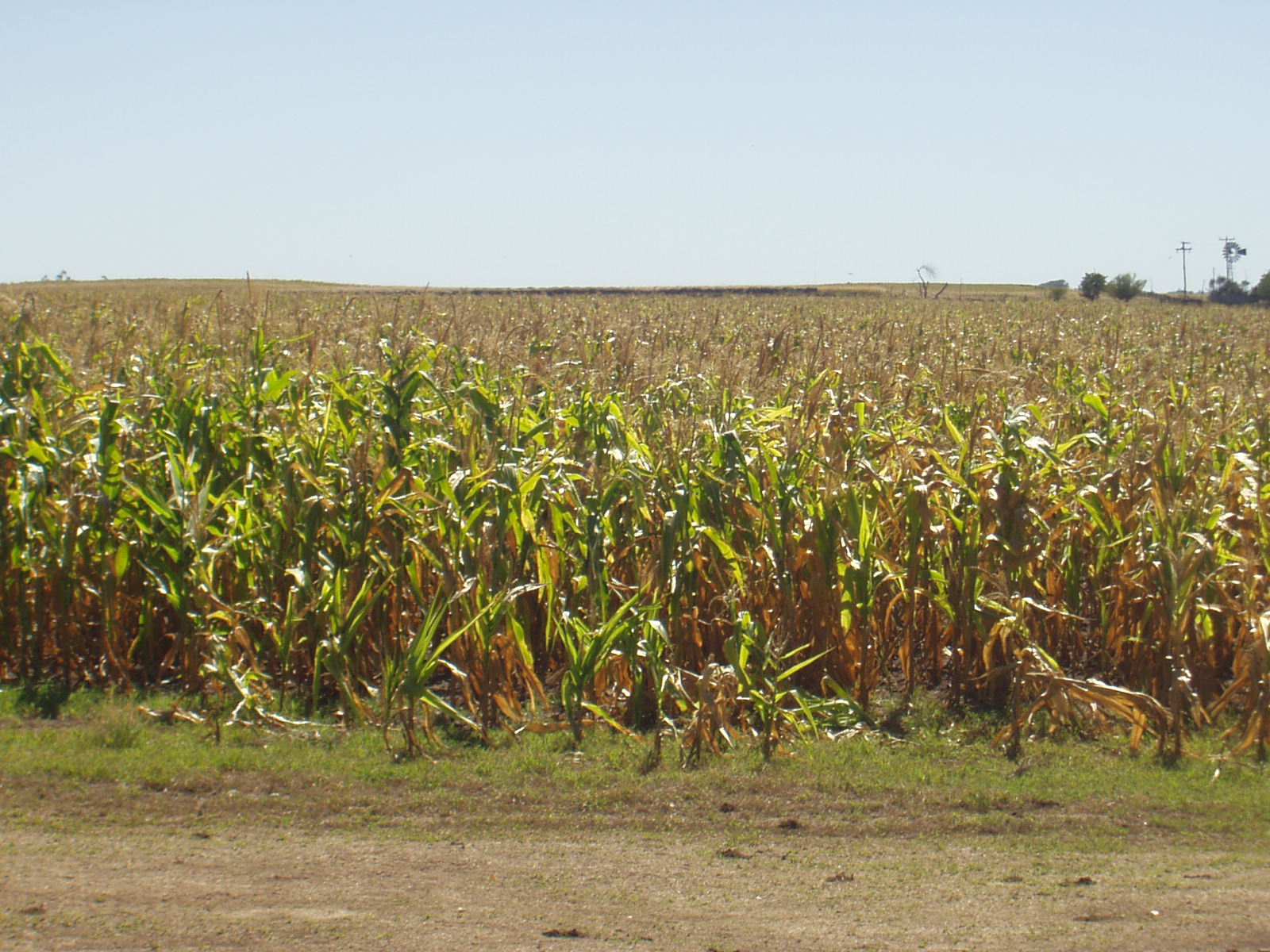
The cultivation of corn has always represented a good agricultural resource, since if weather conditions do not allow harvesting or the price is very low, it can be chopped, crushed with special machines and serve as food or fodder for animals. It can be stored in subway silos (underground) to preserve its high nutritional value and humidity.
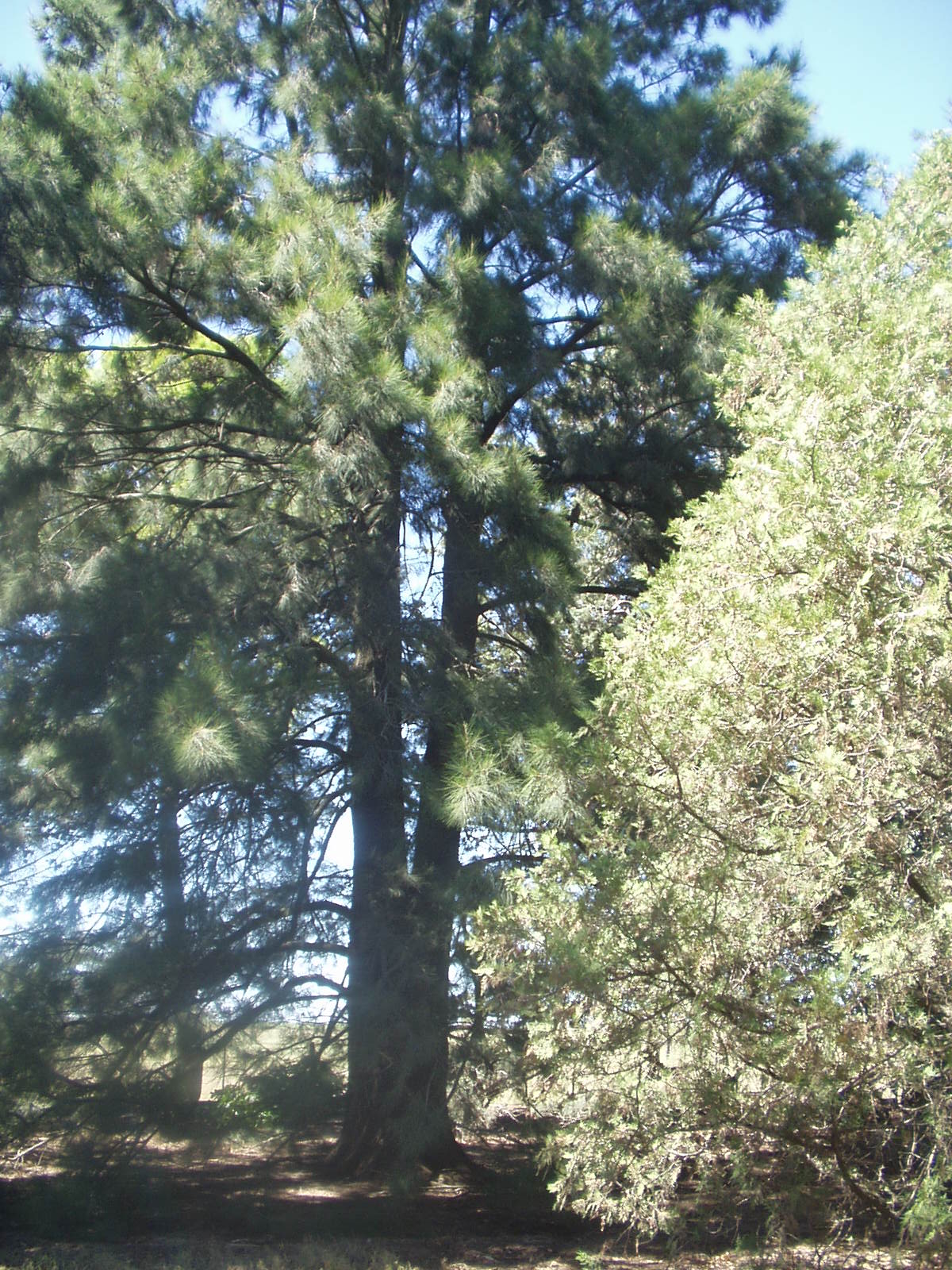
Trees in the countryside (generally eucalyptus and pine trees of great resistance and that live for many years) are a natural element in the rural environment.
They are also used to fix the soil of the "medanos" sandy hills that degrade the surrounding soil and endanger crops.
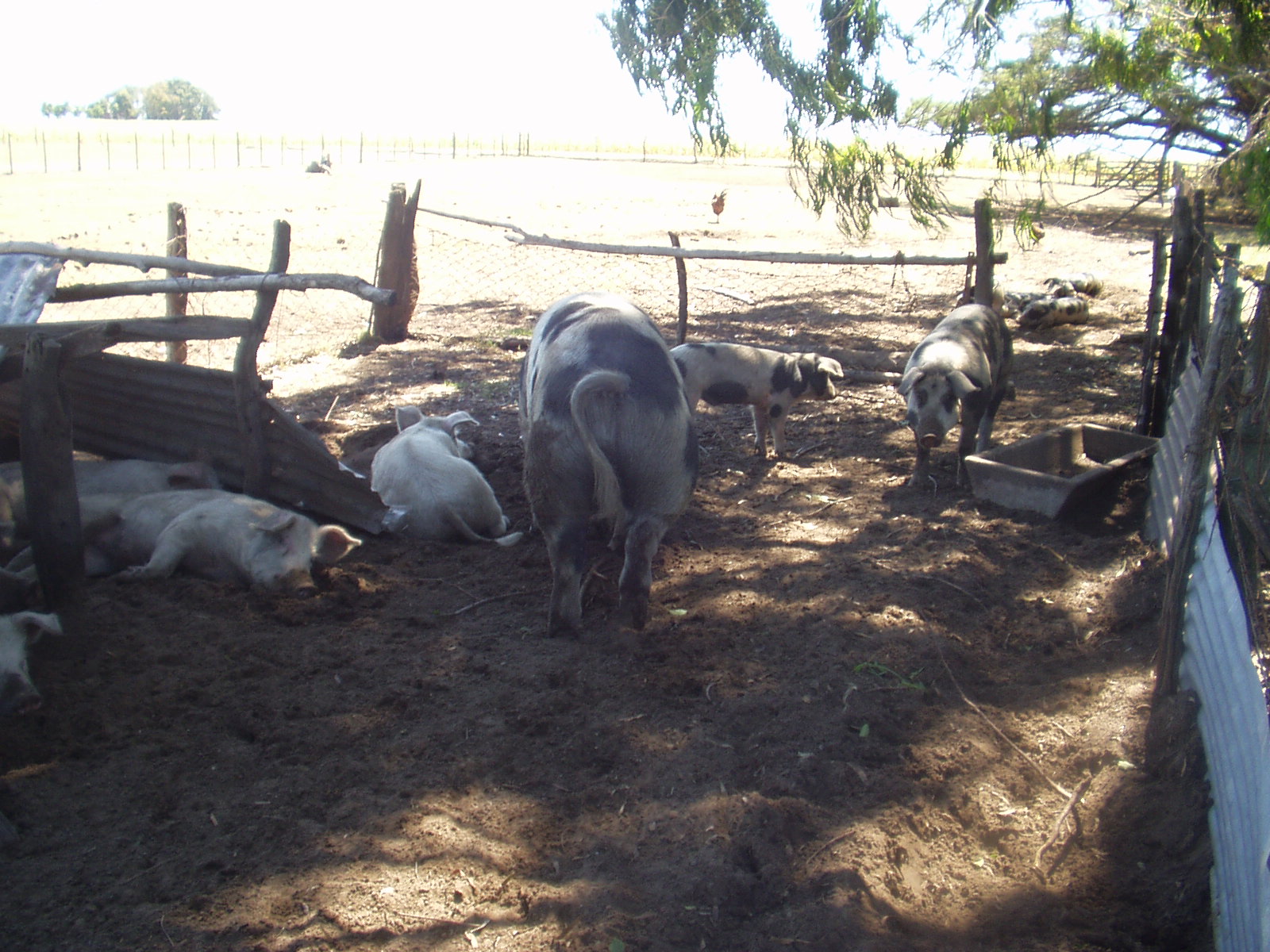
The pigs offer the possibility of being raised close to the house in small stalls or pens, thus facilitating their feeding in the form of fodder or grain.
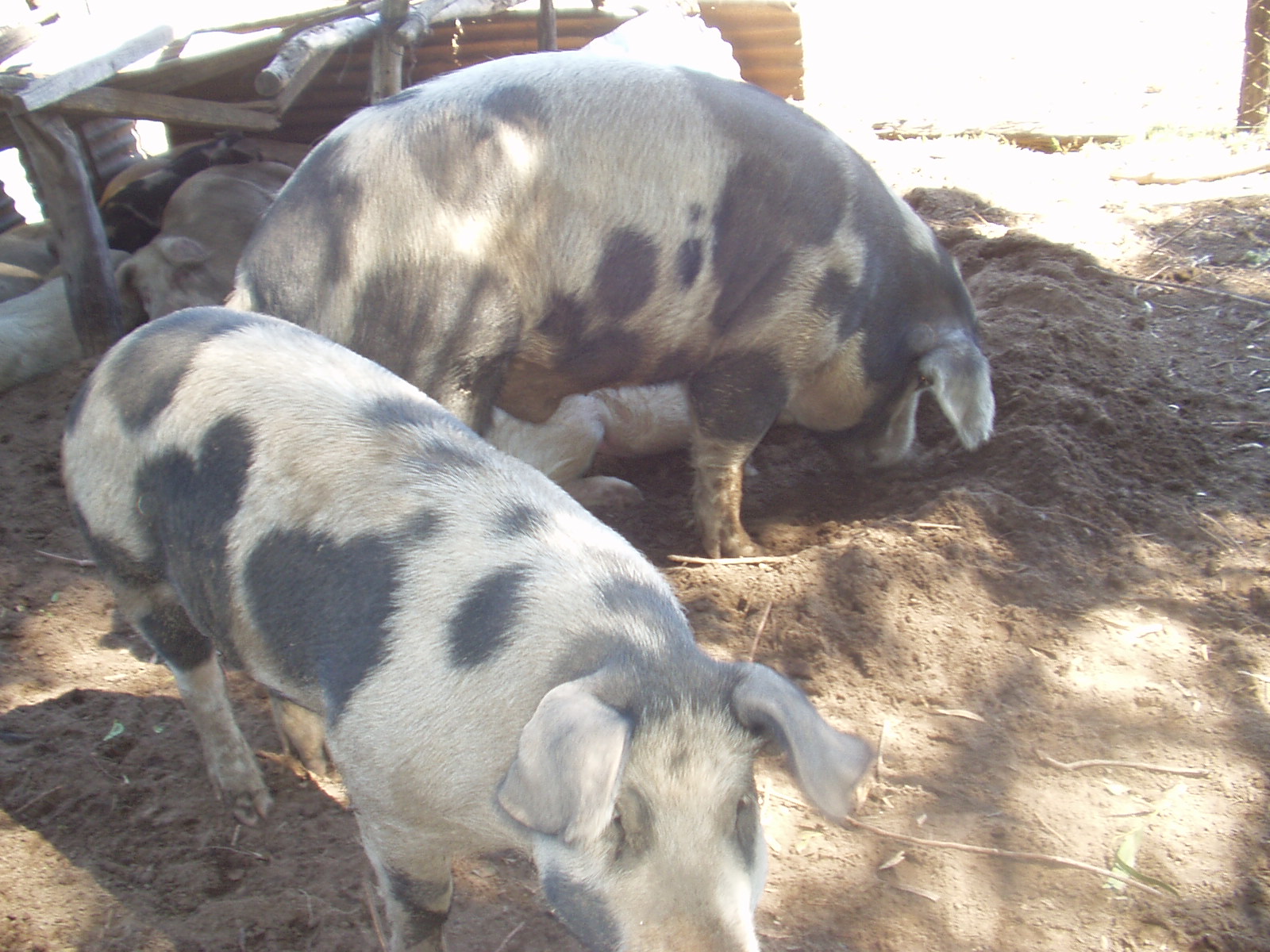
Some breeds of pigs reach and exceed 150 kgs. The territorial distribution of primary swine production establishments (animal breeding) is most concentrated in the north of the province of Buenos Aires, south of Santa Fe and center of Córdoba, where stocks are also mostly concentrated, beyond their scattered distribution throughout the national territory.
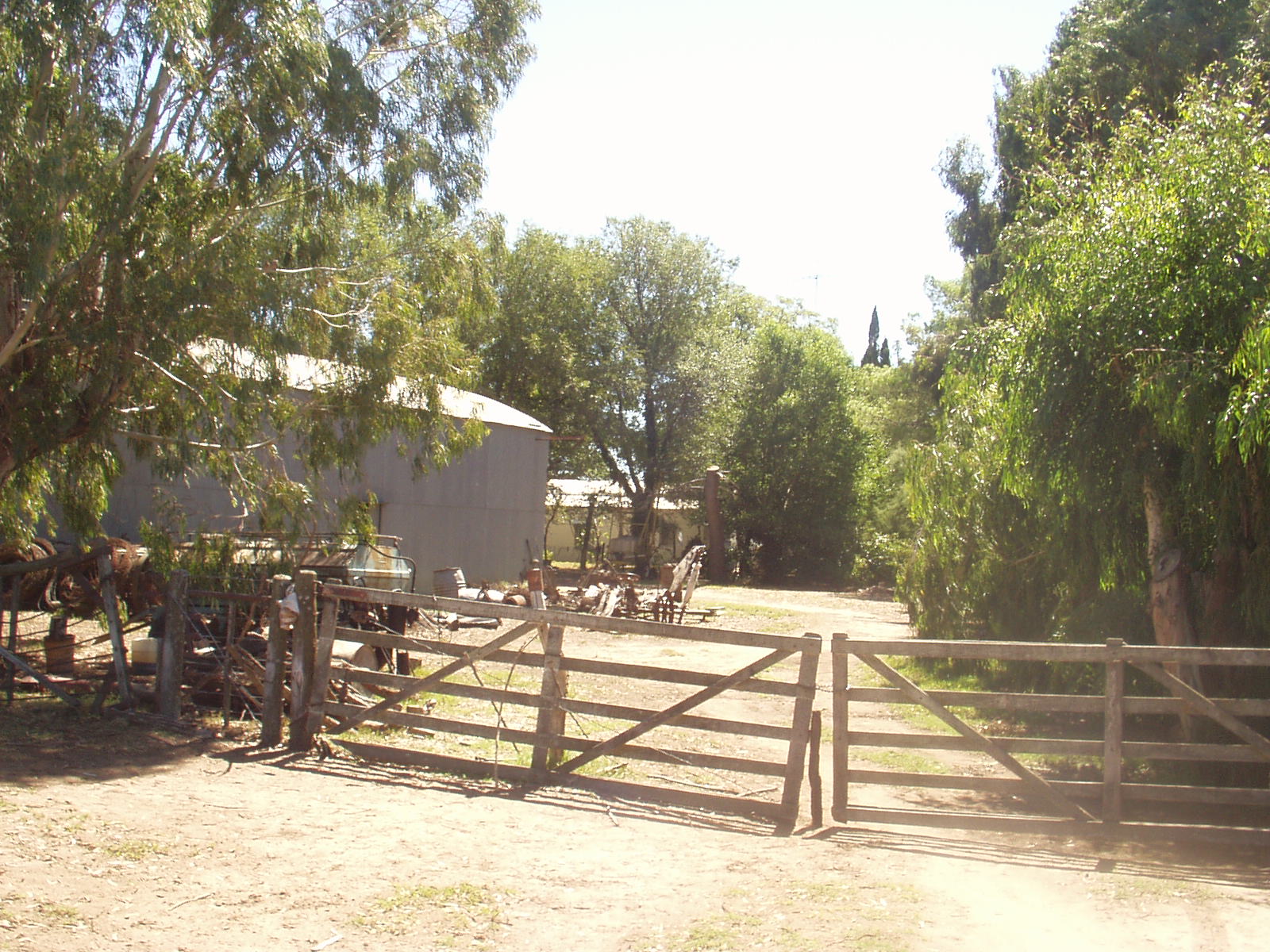
The access to the main house is limited by a wooden door or gate to prevent access to the animals and allowing within that fence the breeding of poultry and other small animals, besides being the place where the tools and agricultural implements of daily use are kept.
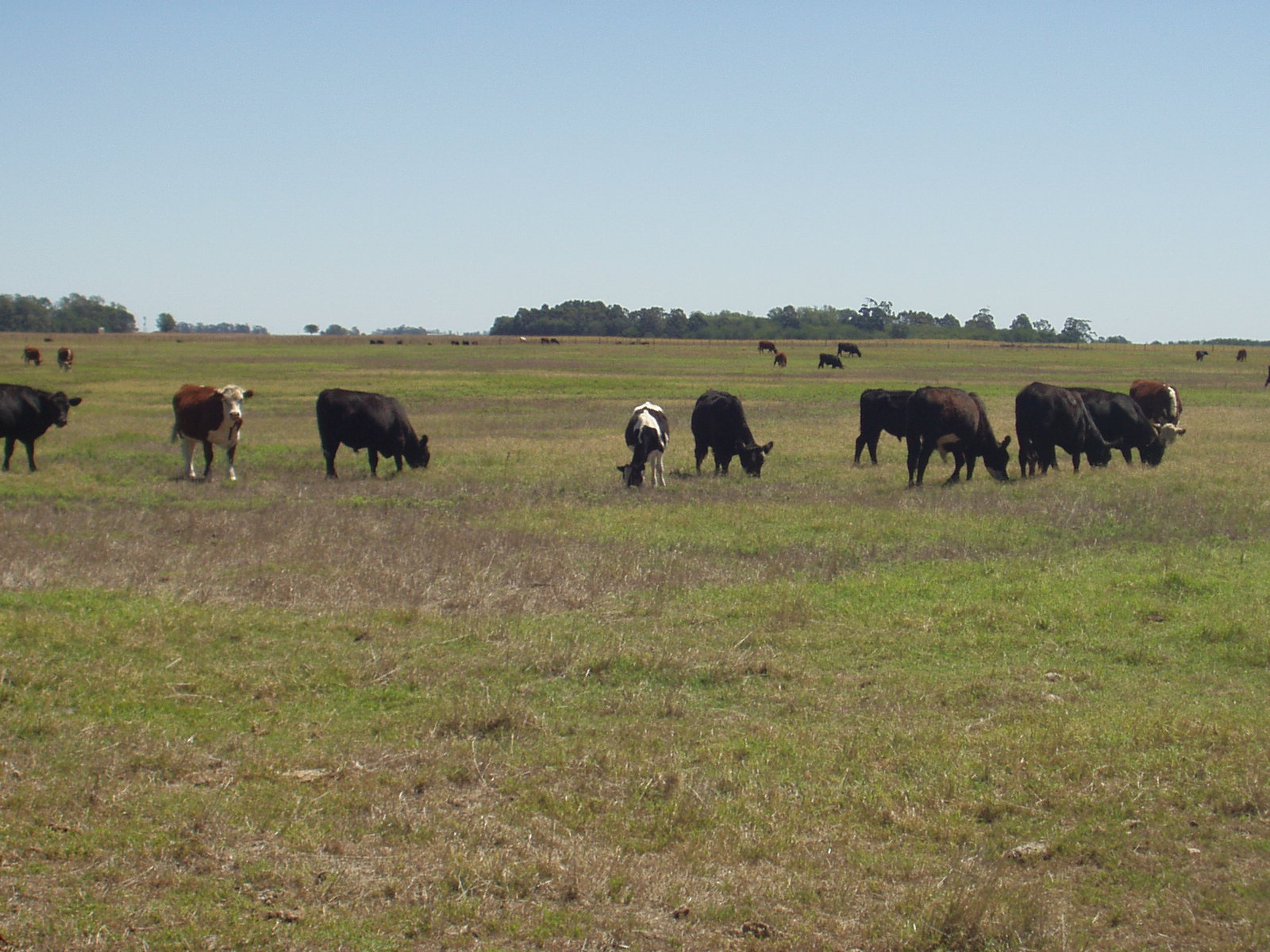
Cattle roam freely in the fields, although in recent years the so-called "feet lot" or feedlot system has been developed more and more frequently. Feedlots in Argentina, cattle fattening pens based on balanced feed, began to be generalized in Argentina at the beginning of the 21st century.
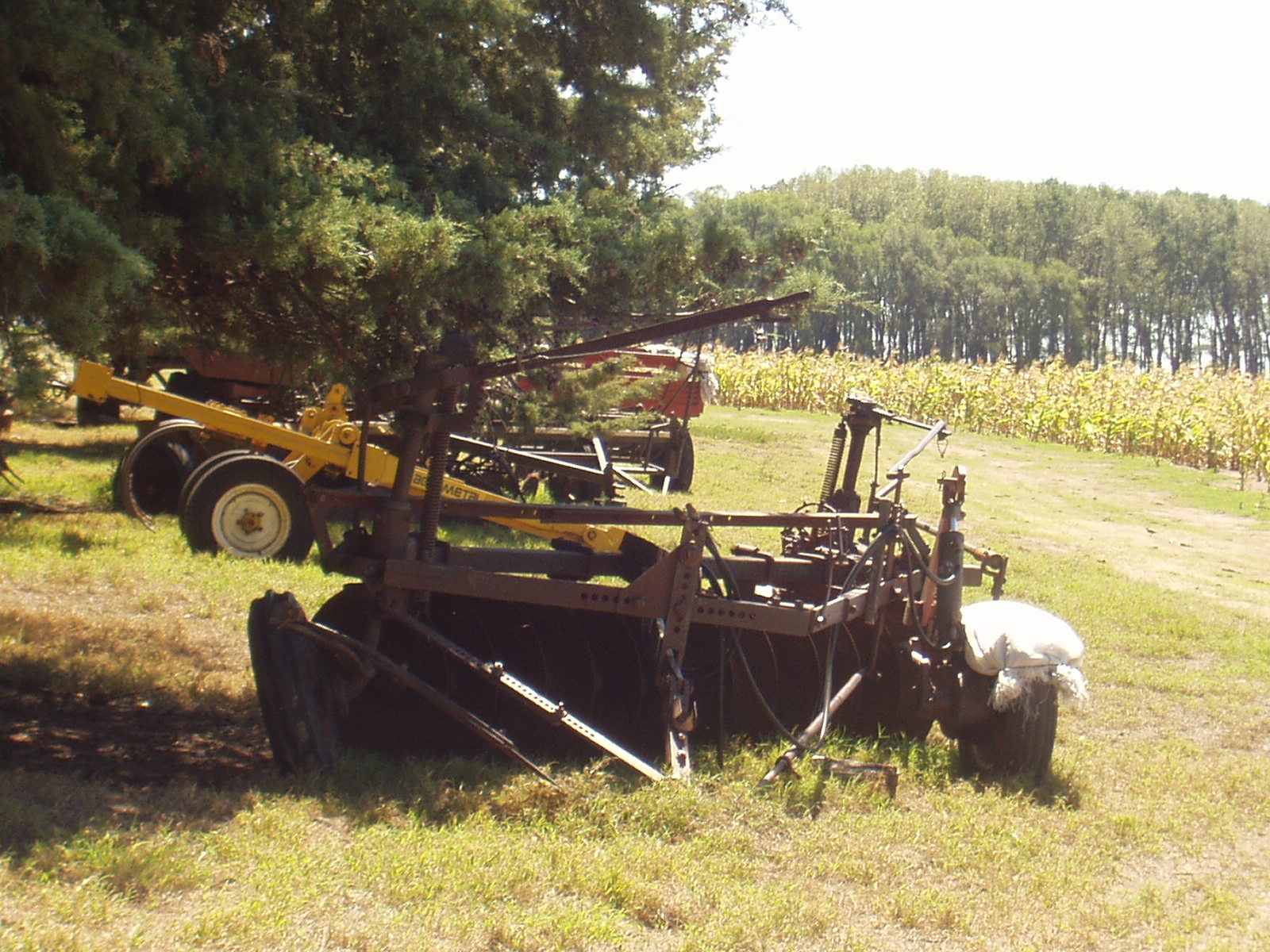
Ancient elements of tillage and cultivation have been replaced by modern machinery, increasing significantly the volume of production together with the use of hybrid and modified seeds and new techniques of breeding and fattening of animals.
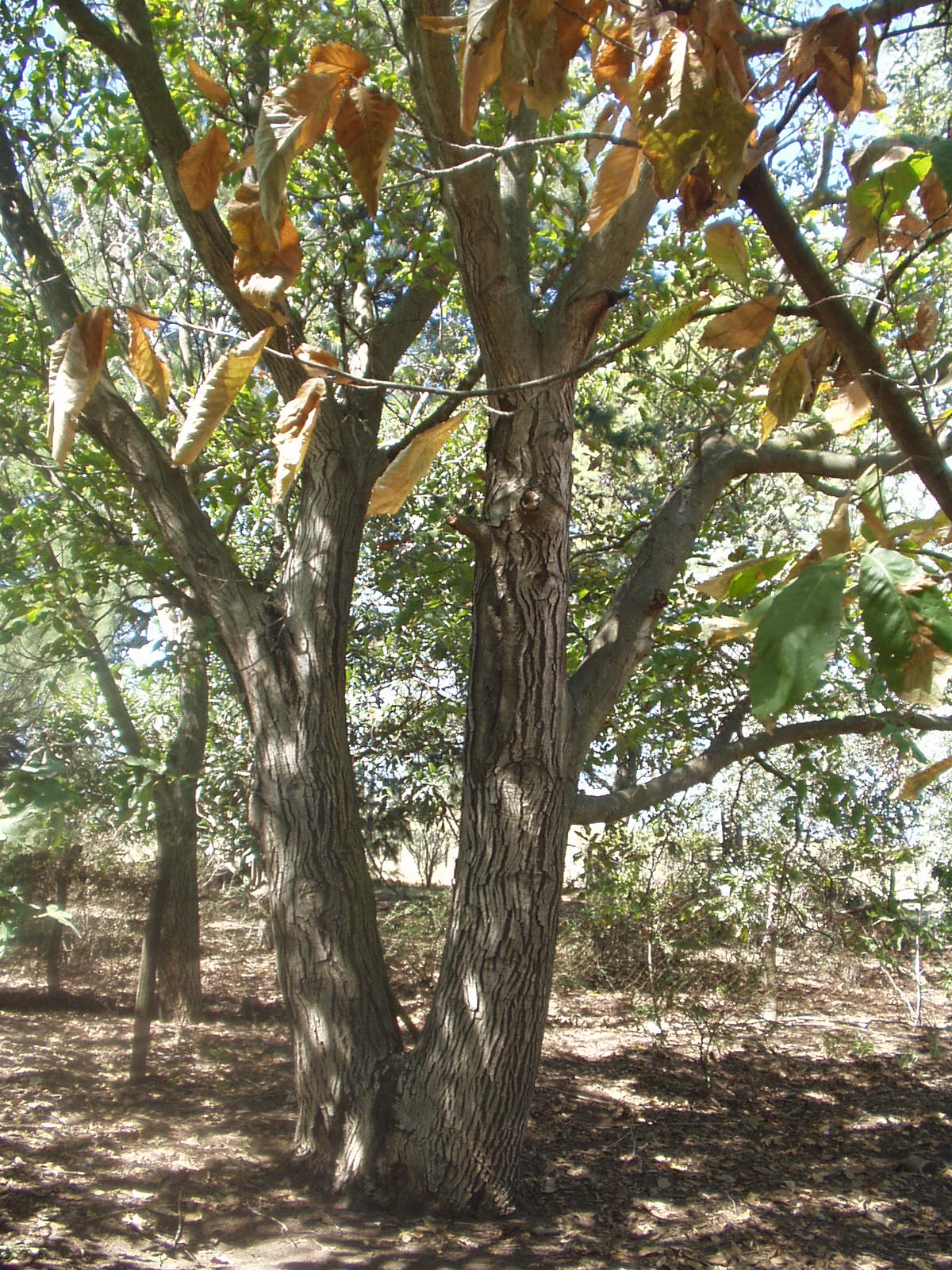
The planting of fruit trees within the perimeter of the main house has always been a dominant feature of rural farms. In this case, a walnut tree.

I love the smell of the countryside.
Except, of course, for the pesticides and fertilizer which make me yearn for the wilderness.
The hard part is figuring out when the spraying occurs to avoid the bad stuff.
When I was little the fields were sprayed with the sole objective of eliminating weeds. Now it is fumigated with the sole objective of increasing production. Before, the environment and people's health were taken care of. Now they are being destroyed more and more.
Thanks for comment @yintercept.
Farm tourism might help put things back in order.
Farms and farming communities set up to attract tourists tend to have better practices than those committed to industrial agriculture.
I once spoke with an industrial farmer who lamented that the farming towns in his area had disappeared. Farmers are aware that industrial agriculture harms communities.
Everything happens through the incentive of large pools such as Cargill, Monsanto (which is part of Bayer, for example) and others. They use genetically modified seeds to increase production. Farmers cannot access the great technology that means the use of specialized modern agricultural machinery and end up renting their fields to large groups or corporations that are behind all this business.